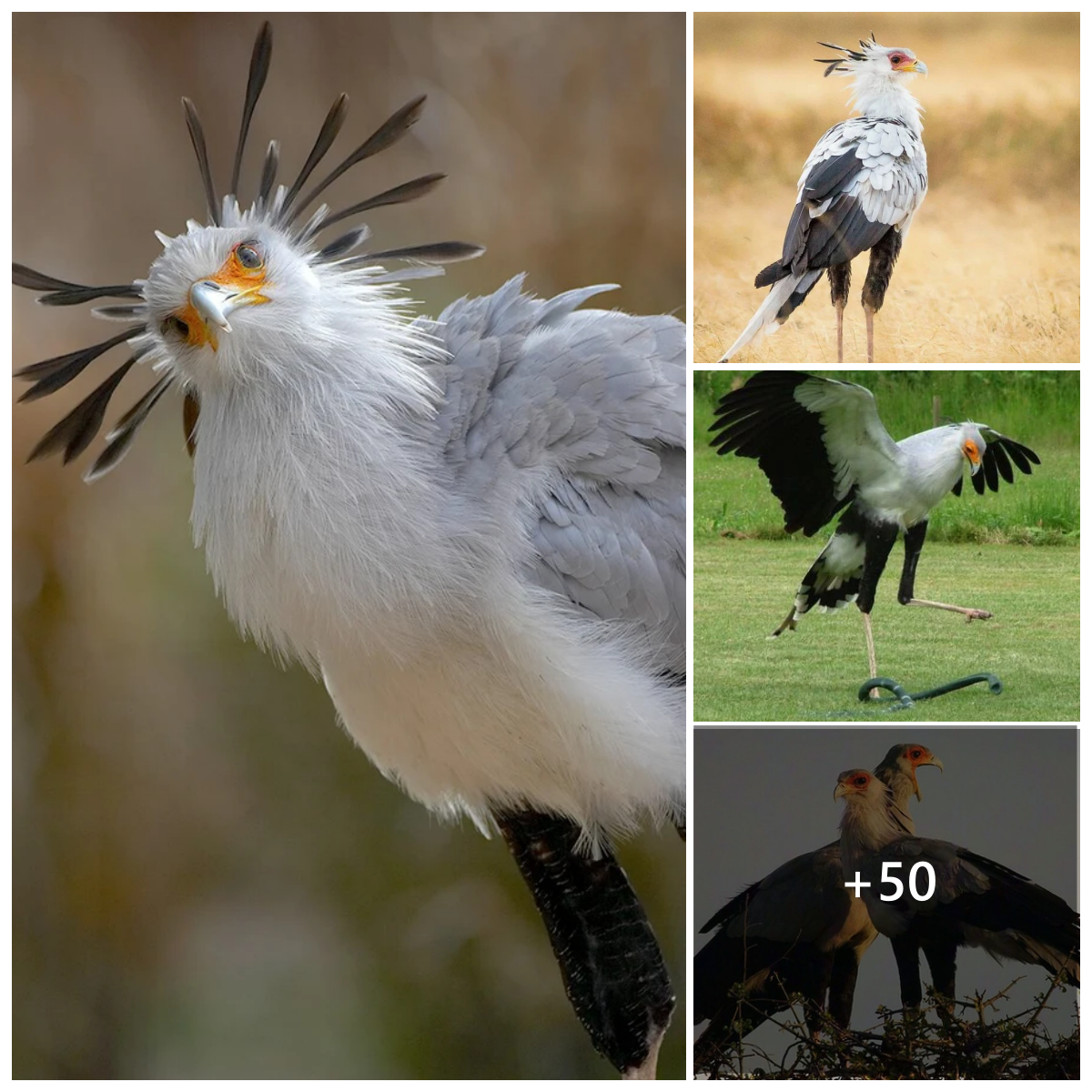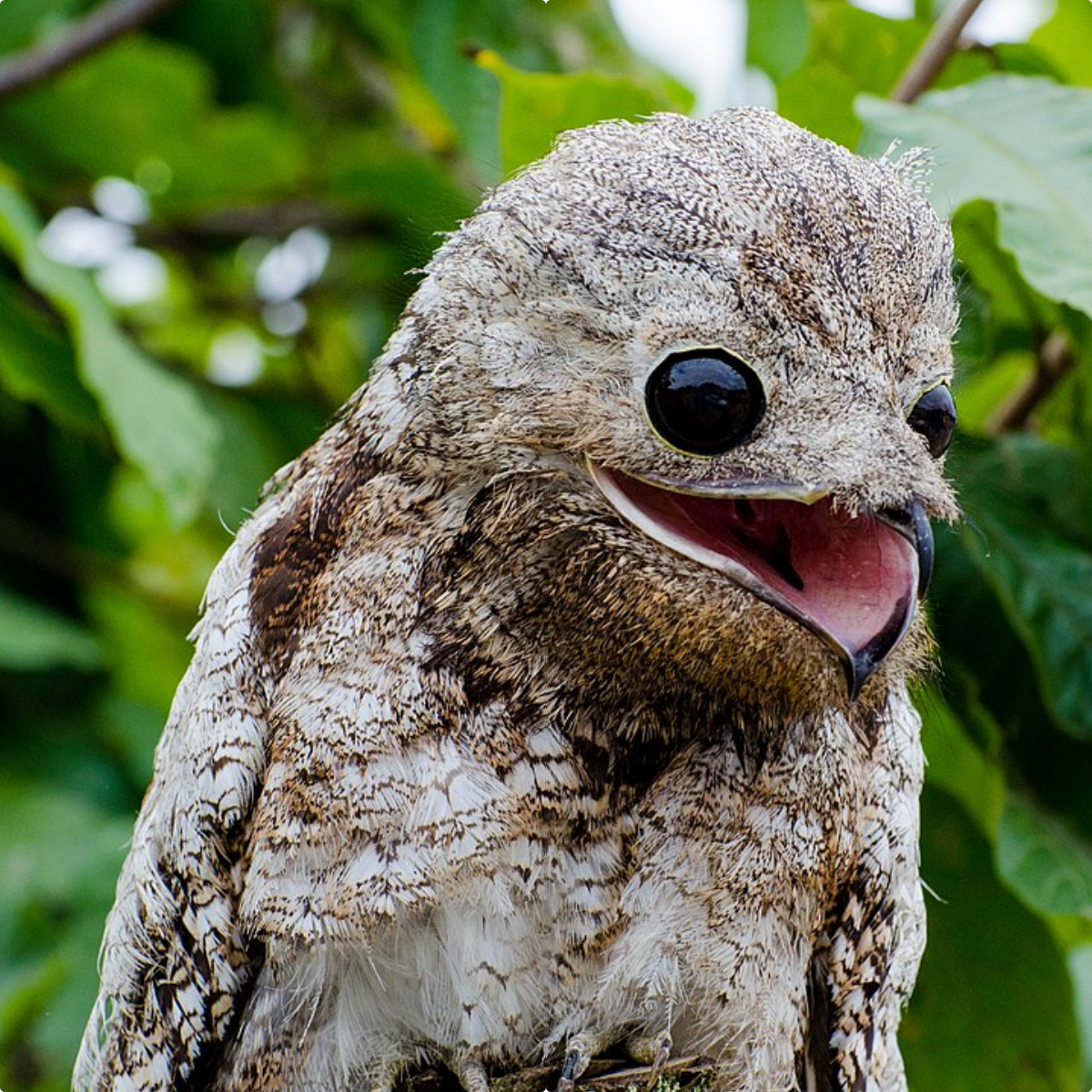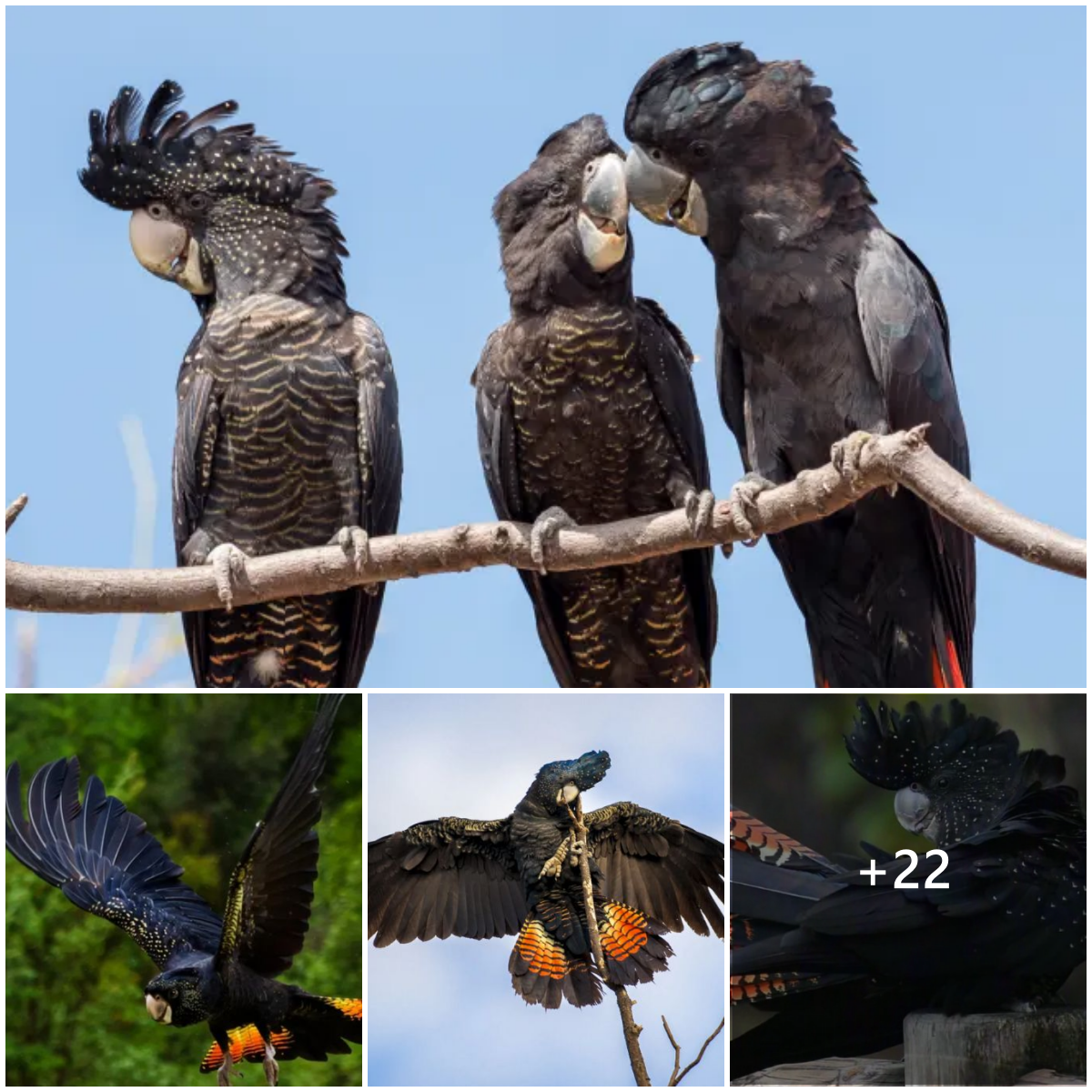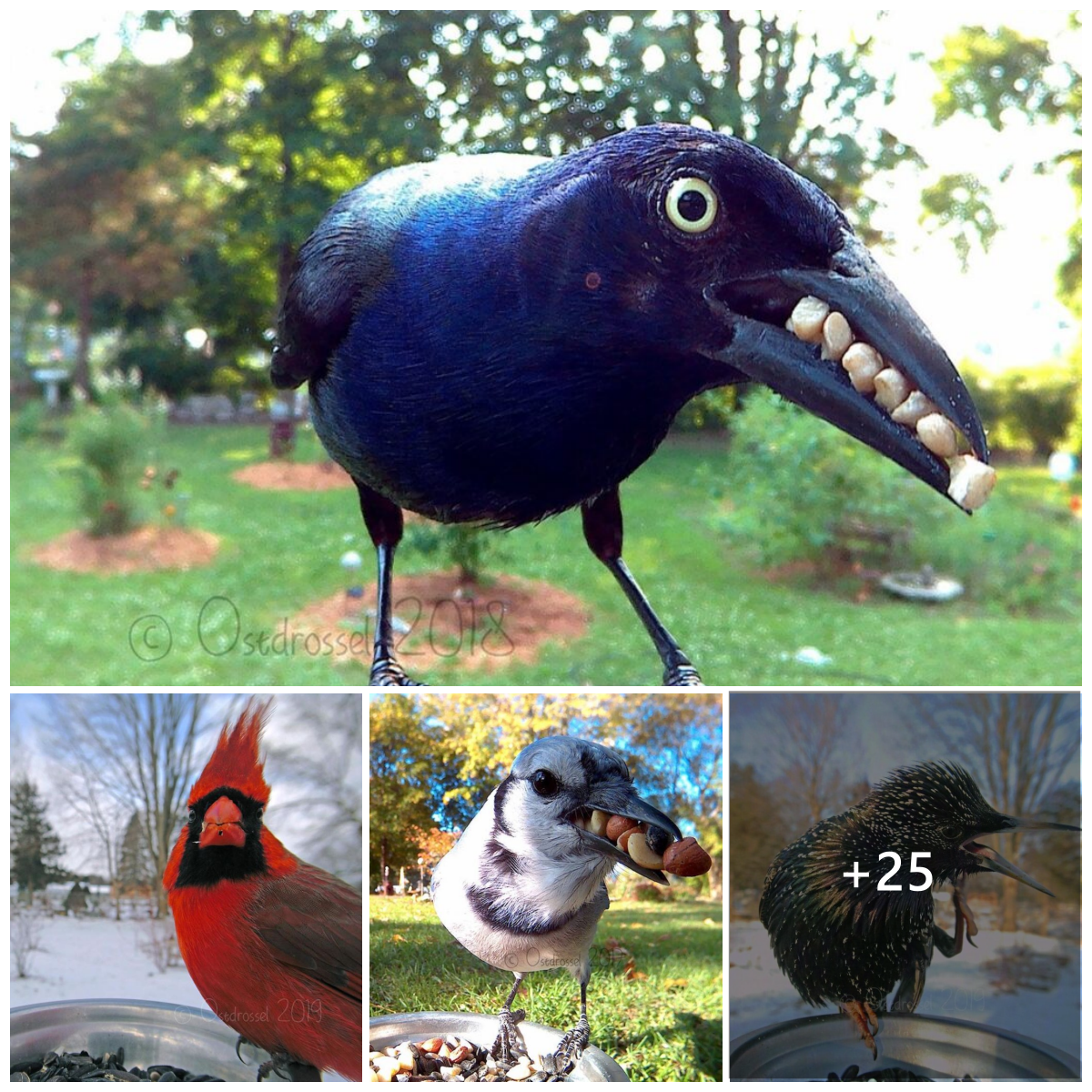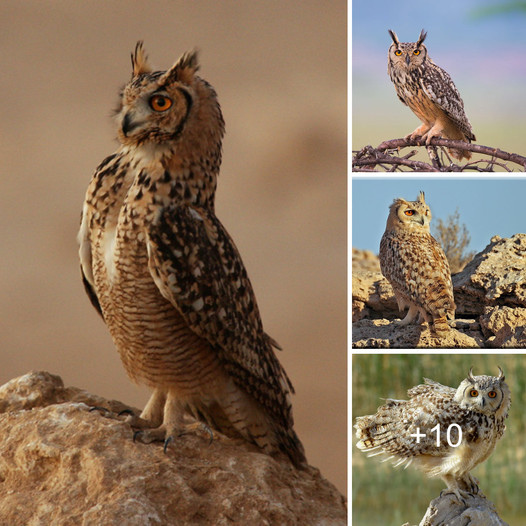
Male and female cardinals are easily identified due to their differences in coloration. However, these beautiful songbirds have other differences that are unique to their gender.
Take a look at other ways to tell them apart in the article below. Then you can look for these clues the next time a cardinal visits your backyard. You’ll also learn some fun facts along the way.
Comparison: Male Vs. Female Cardinals

The table below provides a glance at the differences between male and female cardinals.
Read the table below for more in-depth detail and some fascinating facts!
5 Ways To Tell Male & Female Cardinals Apart
1. Male Cardinals Are Bright Red

Males are more colorful than females. They are primarily bright red with a black throat and mask.
Females on the other hand are much duller in appearance. They are primarily pale brown-colored with a red-orange tinge on the wings, tail, and crest.
They both have a short and thick red-orange bill.
Juveniles look similar to females in plumage but have a black or gray bill.
Once there was a rare sighting of a gynandromorph cardinal that presented with a split coloration of a male and a female.
This video shows this half-male/half-female cardinal discovery:
2. Female Cardinals Are Slightly Smaller In Size

The Northern Cardinal is a large songbird, much bigger than a sparrow, and smaller than a robin.
3. Both Males & Females Sing, But In Different Ways

Many types of songbird species have males as the only ones that sing. However, that is not true for cardinals. Both of them use songs to defend their territories and communicate.
Males use songs for courtship and in duets with a paired female when nesting.
Females will sing while caring for their eggs or chicks to indicate they need food brought to them or to defend the nest.
The typical song of a cardinal is a string of clear 2-part, down-slurred whistles that speed up and then slow down. Their songs last 2 to 3 seconds with repetitive syllables that sound like “cheer” or “birdie”.
However, it is thought that the female’s song, while softer, is a bit more elaborate.
Males tend to sing louder songs while perched higher up in trees as compared to females. They are more territorial than females, and will even attack their reflection in a window during the breeding season.
Interestingly, males are not as territorial when it is not breeding season and will join social groups with other male cardinals.
4. Female Cardinals Build The Nest

After pairing for the breeding season, the female sets out to build a nest. She leads the male to follow her while she chooses a site on his territory.
She does most of the work, but the male may bring her nesting materials. He may also observe her work as she expertly uses twigs, strips of bark, weeds, grass, rootlets, and leaves for the nest construction.
She uses her powerful beak to crush and bend materials around her body to make a nest cup perfect for her size. The nest is lined with softer fine grasses and hair.
It is typically built and wedged in a dense fork of branches 3 to 10 feet up from the ground.
5. Males Offer Food

Not only do males sing to court females but they bring the females seeds and feed them to her. It looks like they are kissing!
The male will also offer the female food while she is incubating their eggs, and brings food to his hatchlings.
They both eat an omnivorous diet of berries, seeds, and insects. They forage and hop along the ground and are often attracted to black sunflower seeds in backyard feeders.
Conclusion
Cardinals are a common sight in many backyards. While they can be easily identified as male or female by color, there are other fascinating ways in which they are different.
